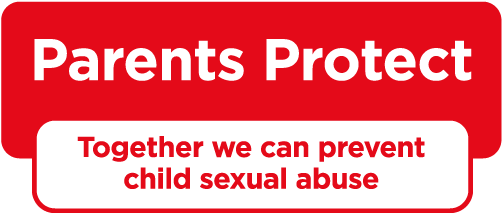How to tell if a child’s sexual behaviour is appropriate for their age
We can help you understand whether a child’s sexual behaviour is expected for their age, or if it could harm them or other people.
Children pass through different stages of development as they grow. Each child is an individual and will develop in their own way. But there is a generally accepted range of behaviours linked to a child’s age and stage of development.
Take a look at our guides and find out how to:
- understand the sexual development of children under 5. You can also download a PDF in English or Welsh.
- understand the sexual development of children between 5 to 11. You can also download a PDF in English or Welsh.
- understand the sexual behaviour of teenagers: You can also download a PDF in English
If you are worried about a child’s sexual behaviour, offline or online, it is best to trust your gut and get advice. Speak to the non-judgemental experienced advisors on our confidential helpline. You don’t have to give your real name or details that identify you, and can stay anonymous. Call 0808 1000 900 for advice, support and information. If you’re not ready to speak to someone yet, you can use our live chat or secure email or look at the links below.
Traffic light tools for professionals
The above traffic light tool materials are designed for parents, carers and other protective adults. For materials designed for use with, and by, professionals please see Brook.
To find out more about our international work with child protection professionals, please take a look at our ECSA project.

harmful sexual behaviour in young people
Knowing how to recognise the signs of harmful sexual behaviour is vital for parents and carers in order to help protect their and other children. Visit our guide to find out more.
Learn More.jpg)
What to do if a child tells about abuse
It can be difficult to know how to respond if a child tells you about abuse - we can help you to respond in a sensitive and appropriate way.
Learn More
what to do if your child gets into trouble online
In an increasingly diverse digital world, it is becoming easier for children to access content they shouldn't. This guide is for parents and carers on how to help and support children who have gotten into trouble online.
Learn More
books to share with young people
Books can act as a great way to open up challenging conversations and how to set boundaries among young people and children. Visit our suggestions to find out more.
Learn More
